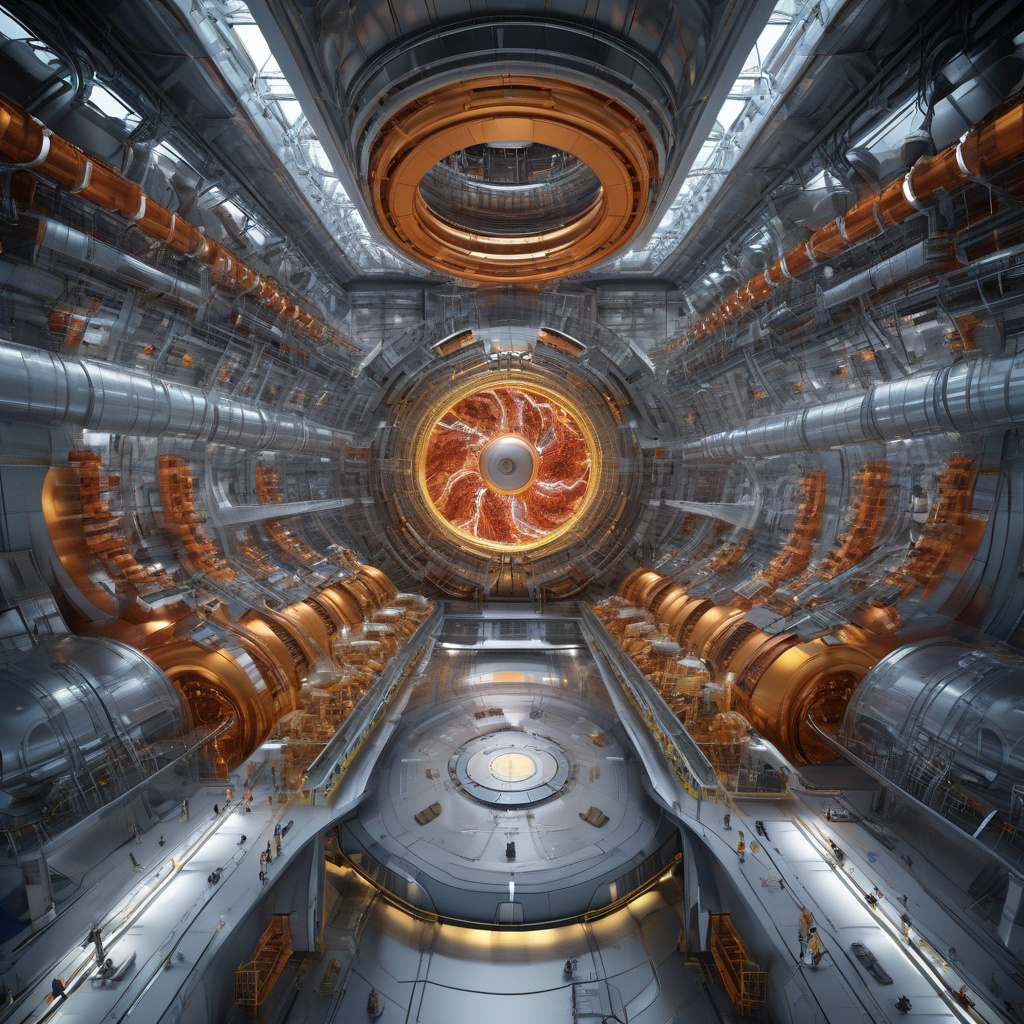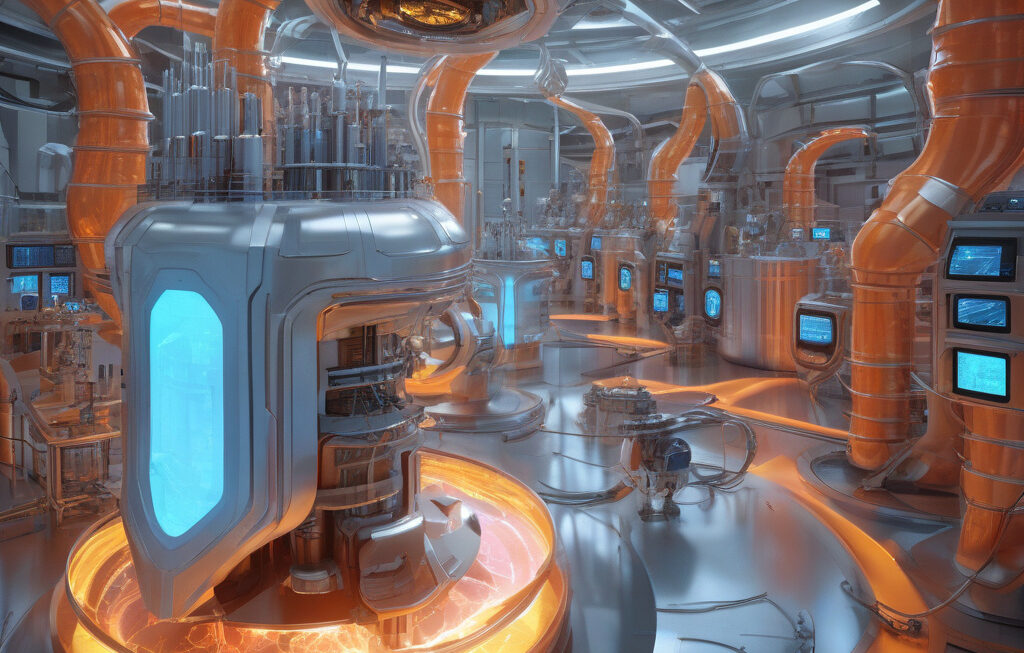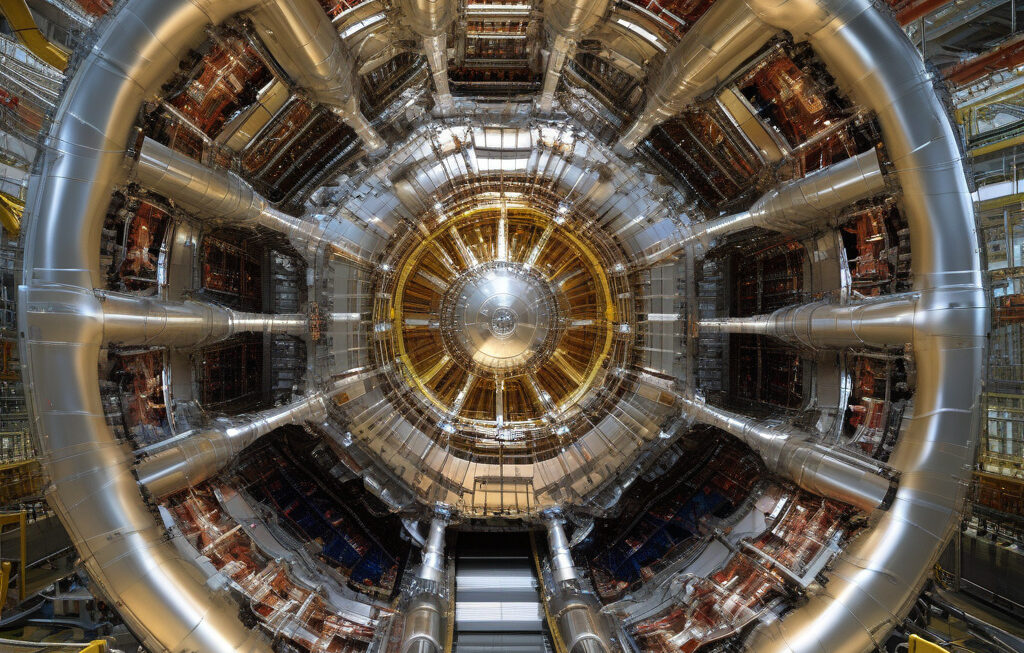Nuclear Fusion Breakthrough: World’s Largest Stellarator Delivers First Helium-3
In the realm of nuclear fusion research, a groundbreaking achievement has been unlocked at the world’s largest stellarator facility, Wendelstein 7-X (W7-X). Scientists at this cutting-edge facility have achieved a major milestone by successfully generating high-energy helium-3, marking a significant leap forward in the pursuit of clean and limitless energy.
The production of helium-3 through nuclear fusion is a momentous feat with immense potential implications for the future of energy production. Helium-3 is a rare isotope of helium that is highly sought after for its use in advanced nuclear fusion reactions. Its scarcity on Earth has posed a significant challenge to harnessing its energy-producing capabilities. However, the successful generation of helium-3 at the W7-X facility represents a critical step towards overcoming this obstacle.
The W7-X stellarator, located in Greifswald, Germany, is renowned for its innovative design, which sets it apart from traditional fusion reactors. Unlike the more common tokamak design, which uses magnetic fields to confine plasma in a toroidal shape, the stellarator employs twisted magnetic coils to achieve the same goal. This unique configuration offers advantages in terms of stability and efficiency, making it an ideal platform for advancing fusion research.
The recent achievement at the W7-X facility demonstrates the remarkable progress being made in the field of nuclear fusion. By successfully producing helium-3 through fusion reactions, scientists have opened up new possibilities for exploring the potential of this clean and abundant energy source. Helium-3 fusion has long been regarded as a promising avenue for achieving sustainable energy production, and the latest development at the W7-X facility brings this vision one step closer to reality.
Beyond its implications for energy production, the successful generation of helium-3 at the W7-X facility also underscores the importance of international collaboration in advancing scientific research. The stellarator facility has brought together experts from around the world to work towards a common goal, leveraging a diverse range of perspectives and expertise to drive innovation in the field of nuclear fusion.
Looking ahead, the milestone achieved at the W7-X facility paves the way for further advancements in fusion research and the eventual realization of commercial fusion power. As efforts continue to refine fusion technologies and overcome remaining challenges, the prospect of clean, safe, and virtually limitless energy becomes increasingly within reach.
In conclusion, the successful generation of helium-3 at the world’s largest stellarator facility, Wendelstein 7-X, represents a significant breakthrough in the quest for sustainable nuclear fusion energy. This milestone not only showcases the capabilities of innovative fusion technologies but also highlights the importance of global cooperation in driving scientific progress. As we move towards a future powered by clean and abundant fusion energy, the achievements at the W7-X facility stand as a testament to the potential of nuclear fusion to revolutionize the way we generate power.
nuclear fusion, Wendelstein 7-X, helium-3, sustainable energy, stellarator












